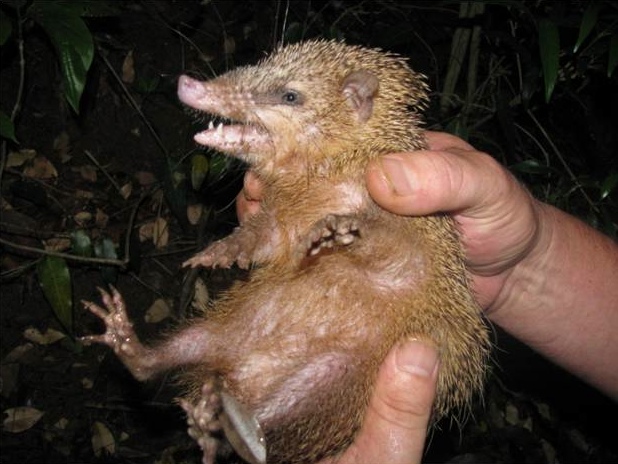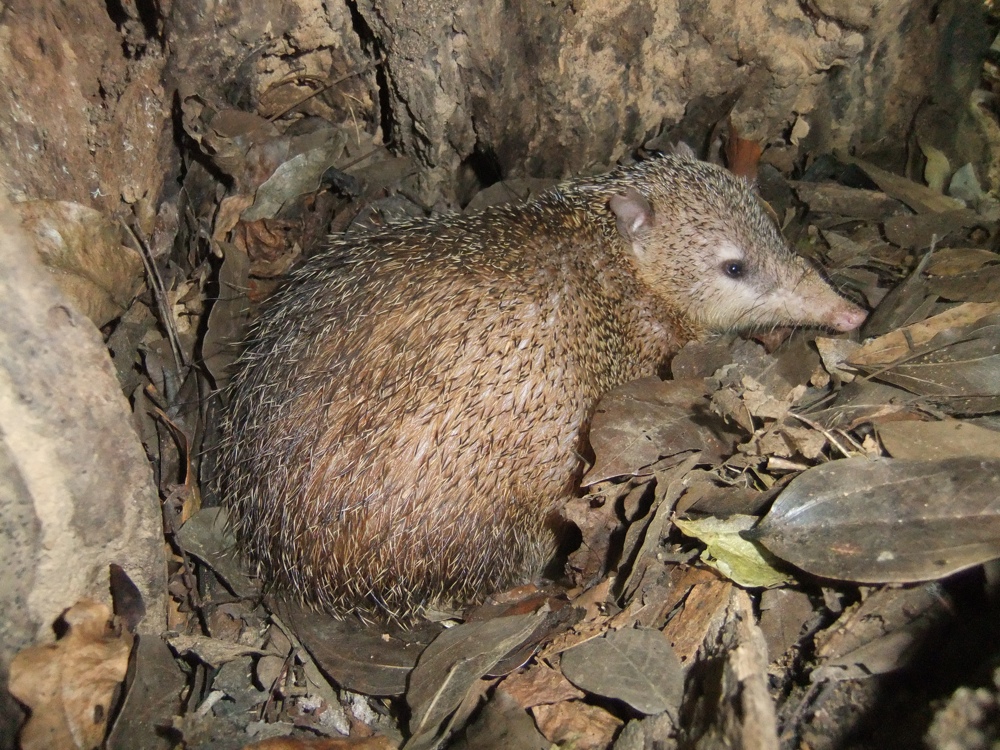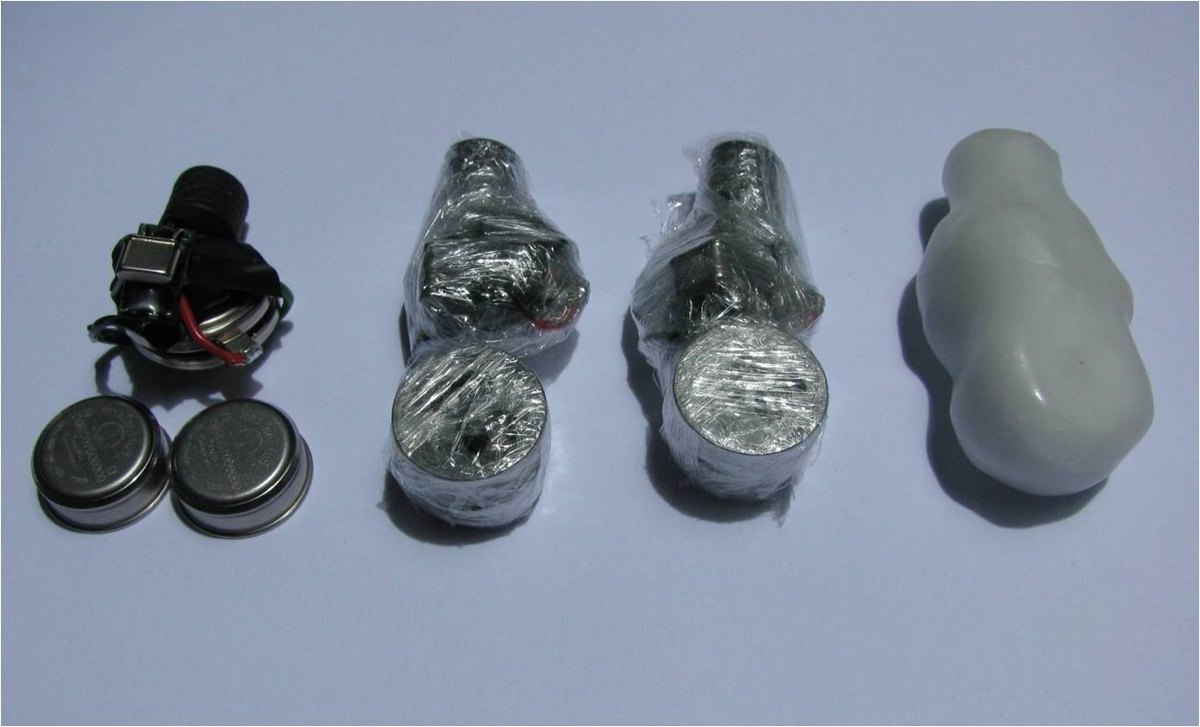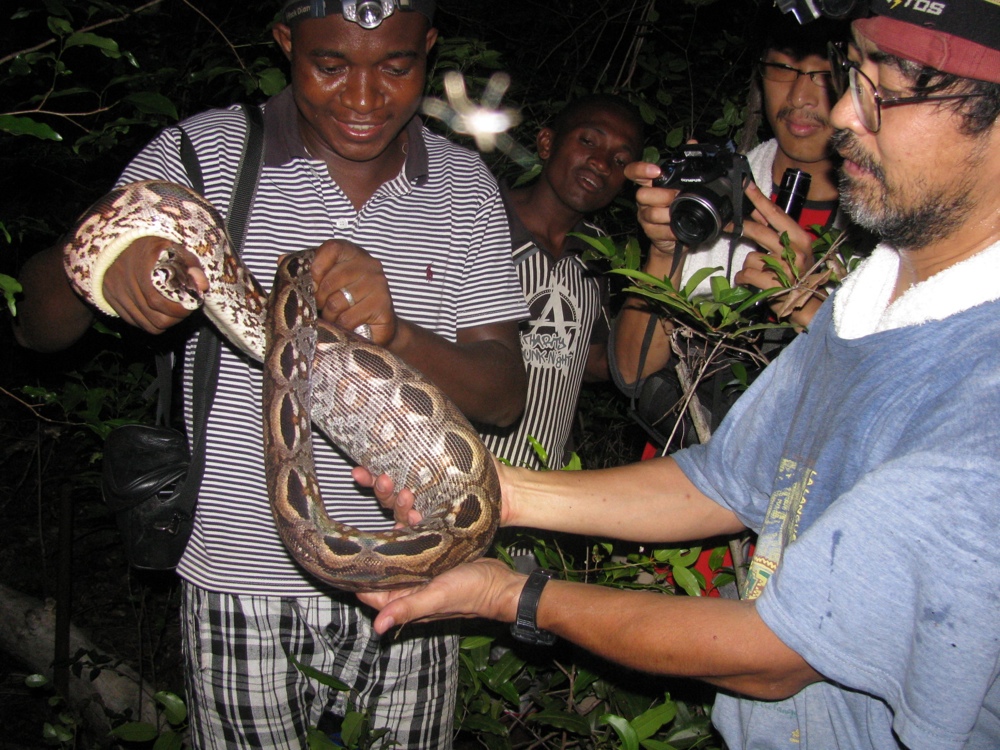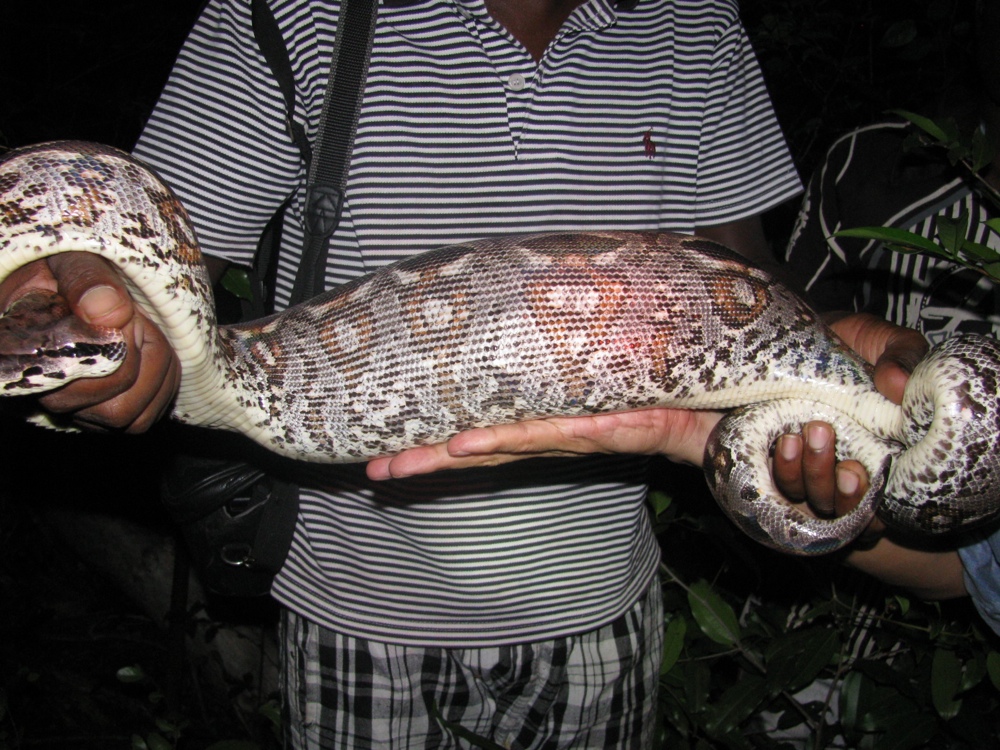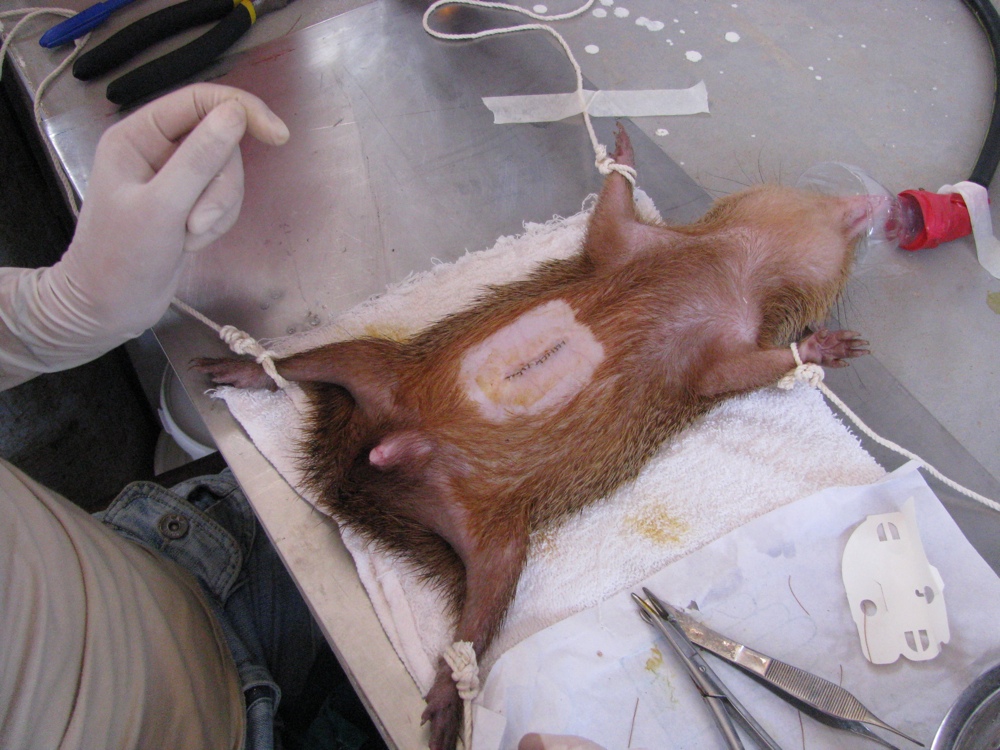Photos: The Common Tenrec of Madagascar
A shrewlike mammal called the common tenrec that lives in the forests of Madagascar can sleep, continuously, for up to nine months. A new study of this furry creature's snoozing habits is shedding light on how ancient mammals survived the comet impact that ended that wiped out Earth's dinosaurs. Here's a look at the tenrec study and findings. [Read full story on the hibernating mammal]
Mammal ancestor
The researchers, Barry Lovegrove, an evolutionary physiologist at the University of KwaZulu-Natal in South Africa, and hisgraduate students Keri Lobban and Danielle Levesque, were interested in the life of what is likely the forerunner of most living mammals. The creature, now dubbed Schrëwdinger, is a virtual mammal developed in a prior study of a furry-tailed creature, considered the first placental mammal (shown here). (Image Credit: courtesy of Carl Buell)
Living fossil
Since this "mammal forerunner" is not real and wouldn't be alive today, the researchers turned to a close stand-in: the common tenrec, one of the largest insect-eating mammals, which resembles Schrëwdinger and its lifestyle. (Photo Credit: Keri Lobban)
Afrotheria group
Tenrecs are members of the Afrotheria group, possibly the first new mammal group to evolve from Shrëwdinger at the beginning of the Age of Mammals, researchers said. Such tenrecs may have arrived in Madagascar some 50 million years ago, according ot Lovegrove. Shown here, a pregnant common tenrec. (Photo Credit: Keri Lobban)
Get the world’s most fascinating discoveries delivered straight to your inbox.
Tracking tenrecs
In their study, over two rainy seasons from 2009 to 2011 in Madagascar, Lobban (shown here) and Levesque implanted 15 common tenrecs with radio transmitters and sensors to monitor the animals' body temperatures. (Photo Credit: Barry Lovegrove)
The implant
An implant with a radio communicator and a sensor that recorded the animal's body temperature that is then wrapped in plastic and wax. (Photo Credit: Keri Lobban)
Boa snack
The forests of Madagascar are teeming with all kinds of life, some of which preys on tenrecs. As such, several tenrecs were killed by feral dogs, boa snakes, other predators and even poaching huans. "The common tenrec is a delicacy in most parts of Madagascar," Lovegrove said. "They are hunted relentlessly with dogs." Shown here, a common tenrec eaten by a boa. (Photo Credit: Keri Lobban)
A hungry boa
Here, the boa snake that swallowed a common tenrec in Madagascar. (Photo Credit: Keri Lobban)
Squeezed out
The swallowed common tenrec was squeezed out of the unharmed boa snake's belly. (Photo Credit: Keri Lobban)
Tenrec surgery
The scientists recovered data from three of the tagged tenrecs, finding the animal could hibernate for at least nine months without waking up. In fact, the scientists had to dig up one sleeping adult male tenrec because the transmitter batteries were dying and they didn't want to lose valuable data, Lovegrove said. Here, a common tenrec that received a surgical implant. (Photo Credit: Keri Lobban)
Jeanna Bryner is managing editor of Scientific American. Previously she was editor in chief of Live Science and, prior to that, an editor at Scholastic's Science World magazine. Bryner has an English degree from Salisbury University, a master's degree in biogeochemistry and environmental sciences from the University of Maryland and a graduate science journalism degree from New York University. She has worked as a biologist in Florida, where she monitored wetlands and did field surveys for endangered species, including the gorgeous Florida Scrub Jay. She also received an ocean sciences journalism fellowship from the Woods Hole Oceanographic Institution. She is a firm believer that science is for everyone and that just about everything can be viewed through the lens of science.



